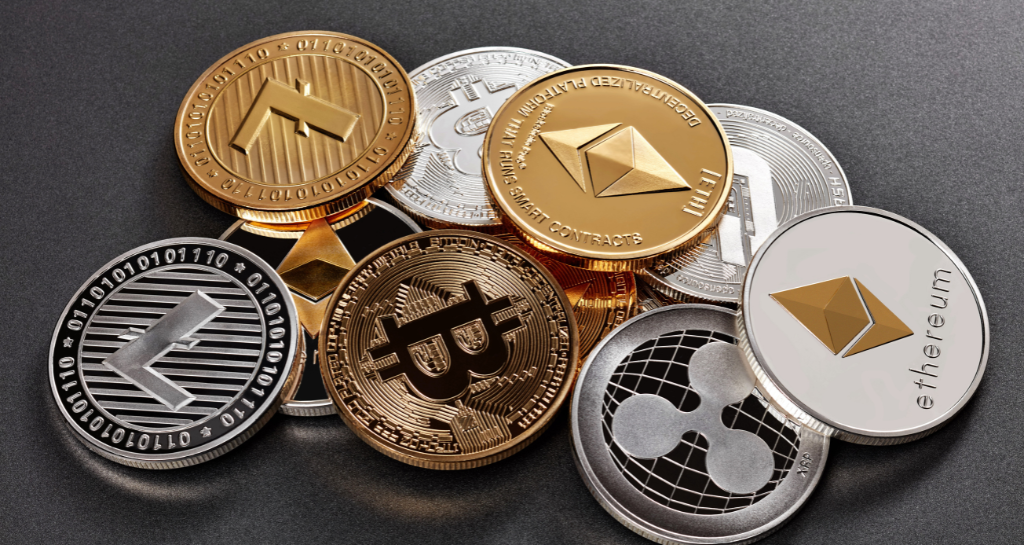
Understanding Cryptocurrencies: More than Just Bitcoin
When people hear the term "cryptocurrency," they often think of Bitcoin, the pioneering digital currency that brought blockchain technology into the mainstream. However, the world of cryptocurrencies extends far beyond Bitcoin, encompassing a wide range of digital assets with diverse functionalities and applications. As a technology consultant with a deep understanding of digital innovations, I aim to shed light on the broader landscape of cryptocurrencies and their potential to revolutionize various industries. This blog will explore the world of cryptocurrencies beyond Bitcoin, highlighting their unique features and use cases.
What Are Cryptocurrencies?
Cryptocurrencies are digital or virtual currencies that use cryptography for security. They operate on decentralized networks based on blockchain technology—a distributed ledger enforced by a network of computers, or nodes. This decentralization ensures transparency, security, and immutability of transactions.
Beyond Bitcoin: Exploring Other Cryptocurrencies
Ethereum (ETH)
Ethereum is not just a cryptocurrency but a decentralized platform that enables developers to build and deploy smart contracts and decentralized applications (dApps). Its native currency, Ether (ETH), is used to facilitate transactions and power these applications.
Key Features:
- Smart Contracts: Self-executing contracts with the terms directly written into code.
- dApps: Decentralized applications that run on the Ethereum network.
- ERC-20 Tokens: Standard for creating new tokens on the Ethereum blockchain.
Use Cases:
- Decentralized Finance (DeFi): Platforms for lending, borrowing, and trading without intermediaries.
- Non-Fungible Tokens (NFTs): Digital assets representing ownership of unique items, such as art and collectibles.
Ripple (XRP)
Ripple focuses on enabling real-time, cross-border payment systems for financial institutions. Its digital currency, XRP, acts as a bridge currency in these transactions, providing liquidity and reducing transaction costs.
Key Features:
- Fast Transactions: Settlement times of 3-5 seconds.
- Low Fees: Minimal transaction costs compared to traditional payment systems.
- Partnerships: Collaborations with major financial institutions and banks.
Use Cases:
- International Payments: Facilitating quick and cost-effective cross-border transactions.
- Remittances: Reducing costs and increasing speed for sending money internationally.
Litecoin (LTC)
Created by Charlie Lee in 2011, Litecoin is often referred to as the "silver to Bitcoin's gold." It was designed to provide faster transaction times and a different hashing algorithm (Scrypt) compared to Bitcoin.
Key Features:
- Speed: Transaction confirmation time of approximately 2.5 minutes.
- Supply: Maximum supply of 84 million LTC, four times that of Bitcoin.
- Mining Algorithm: Uses Scrypt, which is more memory-intensive than Bitcoin's SHA-256.
Use Cases:
- Microtransactions: Facilitating smaller transactions due to lower fees and faster confirmation times.
- Payments: Accepted by various merchants and payment processors.
Cardano (ADA)
Cardano is a blockchain platform that aims to provide a more secure and scalable way to develop decentralized applications and smart contracts. Its native cryptocurrency, ADA, is used to facilitate transactions on the network.
Key Features:
- Proof of Stake (PoS): Uses the Ouroboros PoS algorithm for consensus.
- Scalability: Designed to handle a large number of transactions with high throughput.
- Research-Driven: Developed through a peer-reviewed process by academics and engineers.
Use Cases:
- Education: Verifying academic credentials on the blockchain.
- Healthcare: Managing patient records and ensuring data integrity.
Polkadot (DOT)
Polkadot is a multi-chain platform that enables different blockchains to interoperate and share information. It aims to create a more connected and scalable blockchain ecosystem.
Key Features:
- Interoperability: Allows different blockchains to communicate and share data.
- Scalability: Facilitates parallel processing of transactions across multiple chains.
- Governance: Provides a decentralized governance model where DOT holders can vote on protocol changes.
Use Cases:
- Cross-Chain Applications: Enabling dApps to interact with multiple blockchains.
- DeFi: Creating decentralized financial services that can interact with various blockchains.
The Future of Cryptocurrencies
The world of cryptocurrencies is continually evolving, with new projects and innovations emerging regularly. Beyond their use as digital currencies, cryptocurrencies are driving advancements in areas such as decentralized finance, supply chain management, and digital identity verification. As adoption grows, the potential for cryptocurrencies to disrupt traditional industries and create new opportunities becomes increasingly apparent.
Conclusion
While Bitcoin remains the most well-known cryptocurrency, the broader ecosystem offers a wide array of digital assets with unique features and applications. Understanding these different cryptocurrencies and their potential use cases is essential for businesses and individuals looking to leverage blockchain technology's full potential.
.jpg)

.jpg)